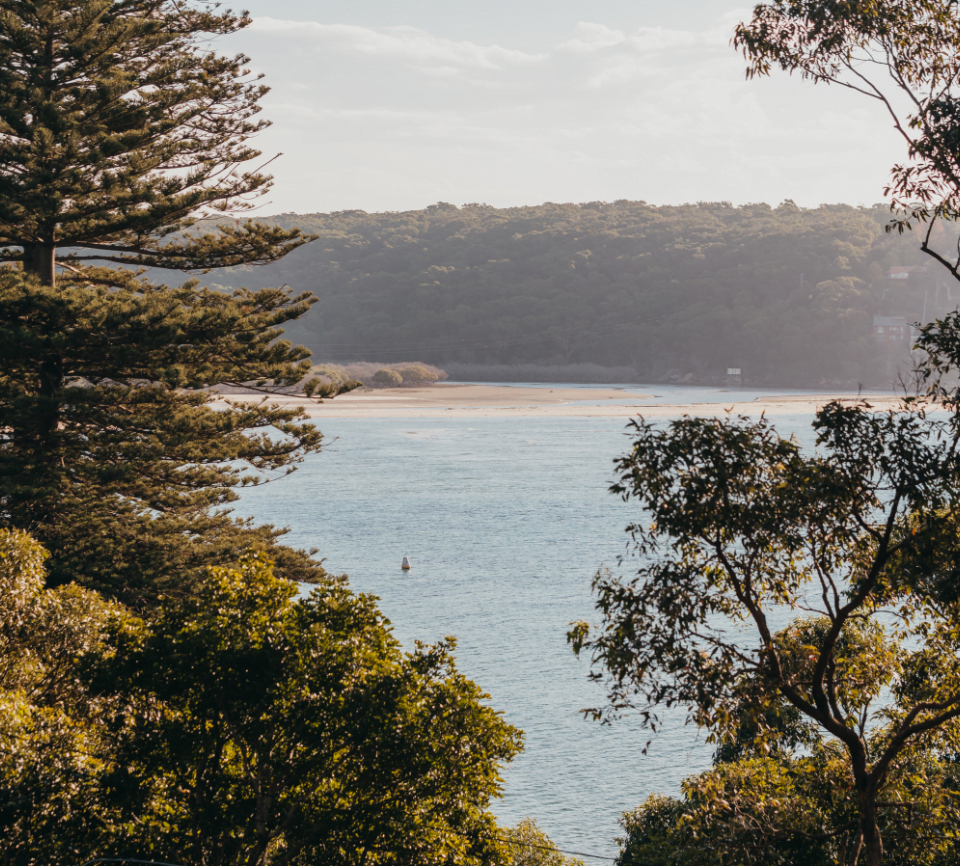OUR STORY
I was filled with an overwhelming sense of peace the first time I stayed here. I relaxed my shoulders and let go of a breath I didn’t even know I was holding.
But who am I? I’m Tara, a short, messy-haired romantic who discovered Simpson Cottage when I holidayed here with my family. I'll never forget it. I fell madly in love - we all did.
I imagined returning over and over again to this place that feels like it’s miles away from anywhere, this grounding, nurturing place. I also started thinking about how much I'd love to share this pocket of paradise with others.
More than ten years on, and here we are.
I still skip through the gate every time I arrive. Honouring this historically significant cottage by caring for it and sharing its spaces and stories with others is, I think, the best job in the world.
I can’t wait to welcome you to Simpson Cottage, so you can experience that relaxing, magical exhale and make special memories of your own.
GEORGE SIMPSON
On November 5, 1863, George Simpson was granted 20 hectares of land (now Bonnie Vale) on the southern side of the Hacking River. Although not the first to be given a grant he was the first to establish a permanent settlement there. He built “a stone house, dairy, stockyards and a pig sty” which he left to his son William on his death on March 17, 1866. The value of these improvements was 150 pounds.
WILLIAM SIMPSON, ENTREPRENEUR
The stone house, now called Simpson Cottage, was built with locally quarried sandstone blocks chipped out by convicts. The signature pick marks are still visible today.
Believing there was a market for people who wanted to come across from the other side of the river, William started to run a ferry from a wharf he built on the riverbank below the cottage. The ferry ran between Simpson’s Wharf to Turriell Point (now Burraneer Bay) from the 1880s until the 1920s.
William now had a cottage, a pig sty and a small income from the ferry. He then decided that the largely “European” visitors would appreciate a feeling of home, so he introduced exotic deciduous trees and deer. Originally the deer were fenced in, but of course, they escaped. They run wild in the National Park to this day.
Getting a taste for the tourism dollar, Simpson built a large attic-roofed hotel in the 1880s in Bonnie Vale, below Simpsons Cottage. By the 1890s, the hotel was a local landmark and a popular destination for honeymooners and families. The first school in Sutherland Shire was held in a room of the hotel - members of the Simpson family and a few other children were taught there. The hotel tragically burnt down on July 29, 1955. The National Park Trust purchased the site, which is now the location of a National Parks Rangers hut.
THE ROYAL NATIONAL PARK
Long before British colonisation, this region was populated by clans of the Dharawal language group. The Royal National Park is richly endowed with significant Aboriginal sites and artefacts such as rock engravings and shell middens dating back thousands of years. They give vital insight into how the Indigenous lived and are powerful reminders of Australia’s past.
The Royal National Park was formally proclaimed on 26 April 1879. It is Australia’s first official national park and the world's second oldest - beaten only by Yellowstone in the U.S. For centuries, the Royal has been a travel destination for holidaymakers and nature lovers, and its pristine beauty continues to attract locals and tourists alike.
SIMPSON COTTAGE POST 1900
Much has changed since Mr G. Simpson built his cottage with the help of half a dozen convicts over 150 years ago. But a tradition of family ownership continued. The cottage remained in the Simpson family until 2003 when the Corah family purchased the property from William Simpson’s great-granddaughter.
Although it had been empty for over ten years, the old lady would be taken to the cottage to sit on the verandah and once again take in the view she had enjoyed all her life. And when you see the outlook for yourself, you’ll understand her contentment.
Simpson Cottage has been completely and sensitively restored to its original state (plus a few modern conveniences), with one important exception; an extension with a beautiful modern bathroom and kitchen. Landscape architect Monique Corah has created a natural garden to complement the heritage ambience of the original cottage.
In 2009, the Larnach family rented the cottage for a weekend, fell in love with it, and returned a year later to find it was for sale. They purchased the cottage in 2010 and continue to rent it out as a holiday home and, perhaps more importantly, enjoy it with their family and friends.
